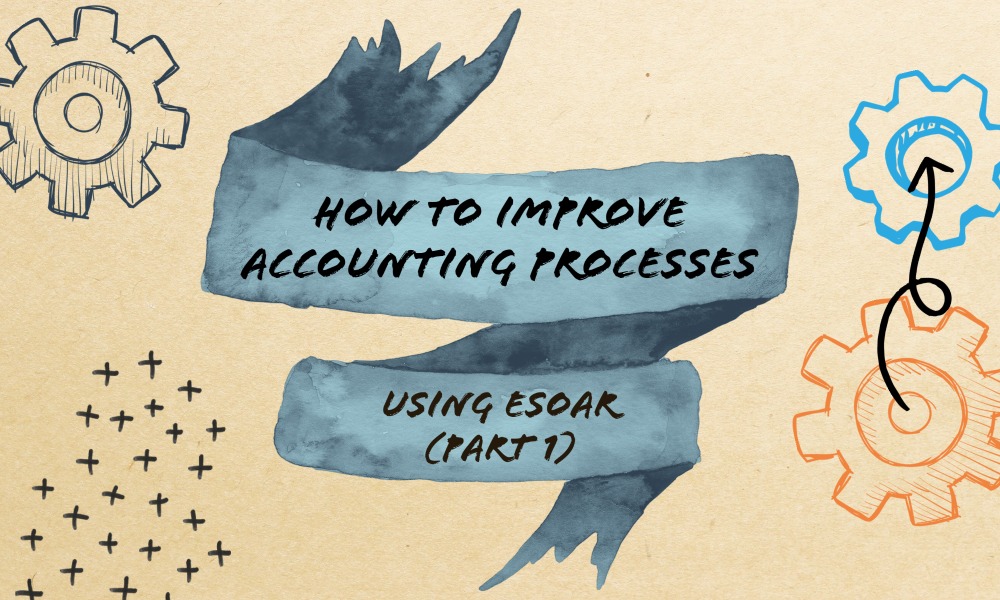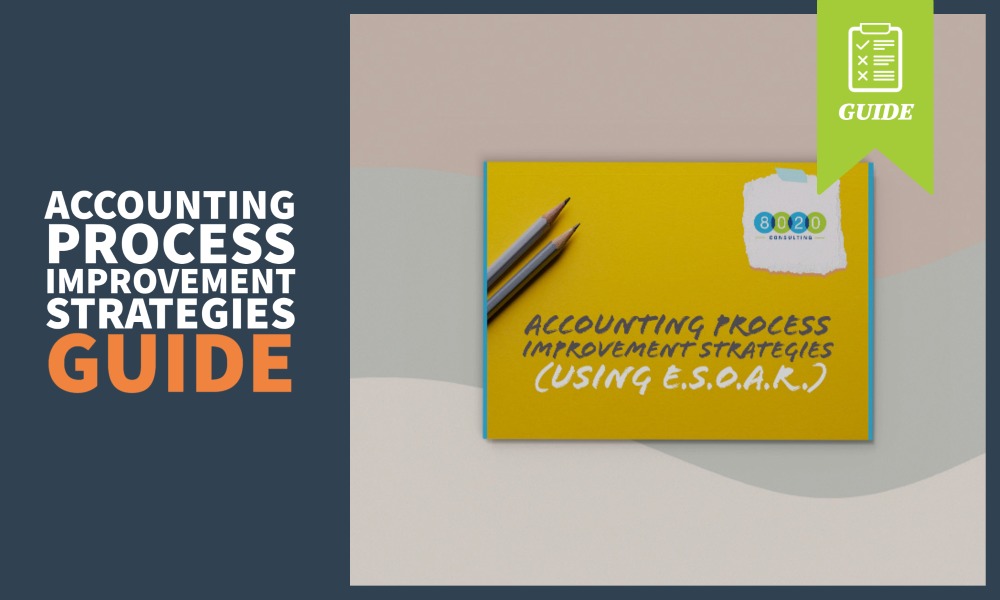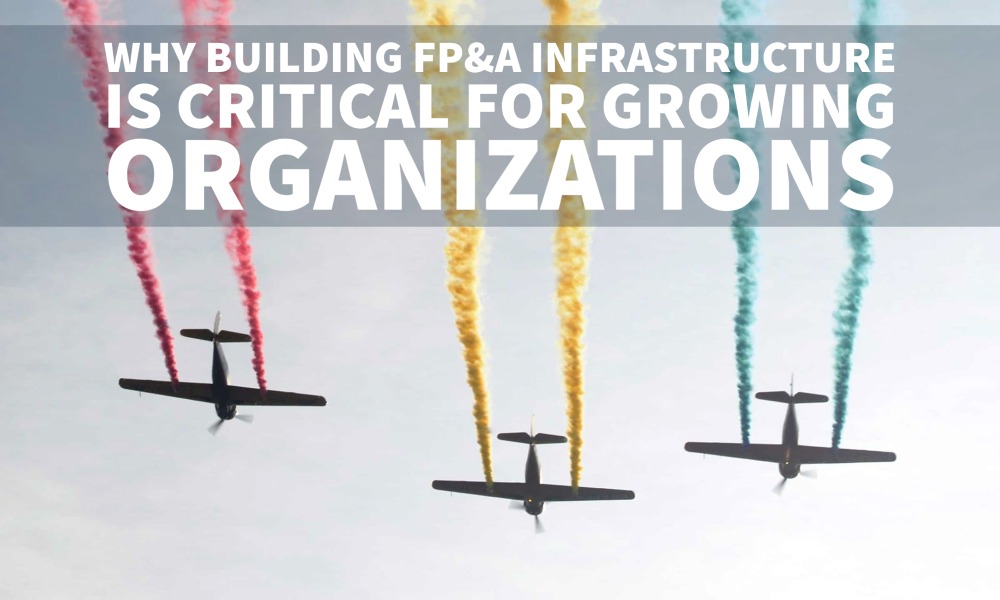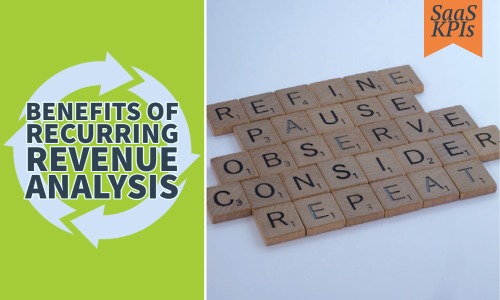Joint venture reporting is typically a visible item for finance executives. Frequently, these partnerships are with high-profile clients or business partnerships, and a company collects revenue for the joint venture and spends a portion of revenue on marketing and other content creation expenses. For the JV partner, these expenses are unknowns, and reporting offers insight into these transactions. The JV partner will frequently track views or sales to attempt to track revenue activity and will be looking for reporting to support the numbers they are expecting.
Professional and detailed reporting solves some of those challenges and engenders trust between partners. Creating a process for collecting data, preparing reporting and documenting support files can standardize a typically deal-specific project and create time efficiencies.
Document the Unique Requirements of the Joint Venture Agreement
Each joint venture agreement will have its unique requirements, so it’s important to document the key items. This will create an easy way to look at all deals and remove the need to read the contract too many times.
Companies can accomplish such documentation with a standardized one-page deal sheet for each agreement that rolls into top-level tracking. This tracking will support not only the needs of the finance team but also the needs of executive management, sales teams, marketing teams, business affairs and auditors. It will also support the FP&A team’s ability to forecast and analyze budget to actuals.
Depending on the needs and the size of your joint venture finance and reporting requirements, this tracking can be performed with contract management software, database software or an Excel document that summarizes the individual deal sheets. For example, your summary could have columns for the main tracking notes from the deal sheets, such as term dates, reporting due dates, contact information, G&A rates, split percentages or any top-level fields that management needs to understand at a glance. It could then have a row for each deal. Some important items to consider include:
- Term of the agreement
- Reporting dates (e.g., is it semi-annual reporting with a 90-day due date?)
- Contact list and information for all reporting recipients
- Advances against share of net profits
- G&A fee
- Profit split percentage
- Answers to relevant questions like:
- Is data stored in the accounting systems using a project number that can be used to identify projects?
- What support is required to be included in the reporting package?
- Is the recipient going to import data detail reports into their systems and is a specific file format required?
- Is this reporting cross-collateralized with any other agreements?
- What is the internal approval process?
Related Content
Standardize the Joint Venture Reporting Template
Similar to the deal summaries, standardizing the joint venture reporting format will save time in preparing the reporting, training staff and approvals. It is important to take the time to build out every possible option in the template, so the accounting team can efficiently prepare consistent reporting for all deals. Create a template that includes all fields and all support documentation for all agreements – from the basic agreements to the most complicated agreements. You may not use all fields in each report, but every option should be available. This step is critical in standardizing your reporting and creating efficient processes for training of the team and timely reporting.
It is frequently beneficial to bring in an external expert to interview the team, guide the process and identify questions to ask to ensure templates cover all possible options and are easy to use for the accountants running the actual reporting. Here are a few places to start:
Include:
- All revenue streams
- COGS
- Operating expenses
- Advances
- G&A fee
- Return reserve calculation, if applicable
- Inventory obsolescence, if applicable
Document:
- Source of each data item
- Timing of when each item will be available for reporting
- Partner with IT/Data Team to build reports to pull each data item
- Determine supporting documentation to retain with each reporting for audit purposes – internal and external
Prepare the Joint Venture Reporting at Period End
When the reporting period has ended, and it’s time to prepare the reporting, ensure you:
- Review your list and determine reporting required for this period end.
- Run the reports needed to pull all revenue, COGS and operating expenses. It is critical to make sure that all activity is picked up. Any missed expenses could create an overpayment. Any missed revenue could create a trust concern with the JV partner.
- Create the reporting, and save down all support documents. The documents are critical in the event the JV partner questions the reporting. You will need to support your numbers, review with internal teams (and/or the JV partner) and determine if any data is missing. These documents are also important to support calculations for internal and/or external audits.
- Review actuals against budget. This is especially important for items such as marketing expense, recording/content creation expense, art expense or any other items where the expense has been incurred or is committed, but is not currently in AP. It is important to review these known expenses against any potential payments to avoid a future overpayment.
Consider These Additional Process Best Practices
There are additional items to consider when creating your joint venture reporting process:
- Document the process to submit payments to AP for timely payment. This will require meeting with the head of AP to review documentation and needed approval(s).
- Each month, the team will need to accrue the joint venture reporting expense based on revenue recognized. This can be a template set up in the ERP system that automatically pulls revenue and expenses each month and is accrued as a percentage of the net. This could also be accomplished as part of the top-level tracking spreadsheet. Using Excel, you can pull in the month’s revenue and expenses, as well
sas profit split percentages, advances and other specific data from the tracking to calculate an estimated payment based on the activity for the month. This will need to be booked each month as part of the month-end close. - Create a process to true up accruals against actual payments in the months in which reporting is rendered. If there is a material variance, it is important to understand if you need to revisit your process or if there is an explainable anomaly.
Final Thoughts
As much as we strive for perfection in our reporting, sometimes errors will happen. If you find yourself facing an error, it is critical to understand how the error happened, how it could have been avoided and how to correct processes as needed. Most importantly, clean and direct communication with the client/artist/business partner is critical to establish trust. In the case of an error:
- Restate reporting and provide support documentation,
- Clearly walk through the error and the correction and
- Issue any additional payment immediately.
Clear communication and documented processes can standardize reporting that is often unique, complex and time consuming. If you need support with your joint venture reporting, then we invite you to download our entertainment finance service explainer below. You can also visit our financial planning and analysis page to learn more about how we can help with related matters.































